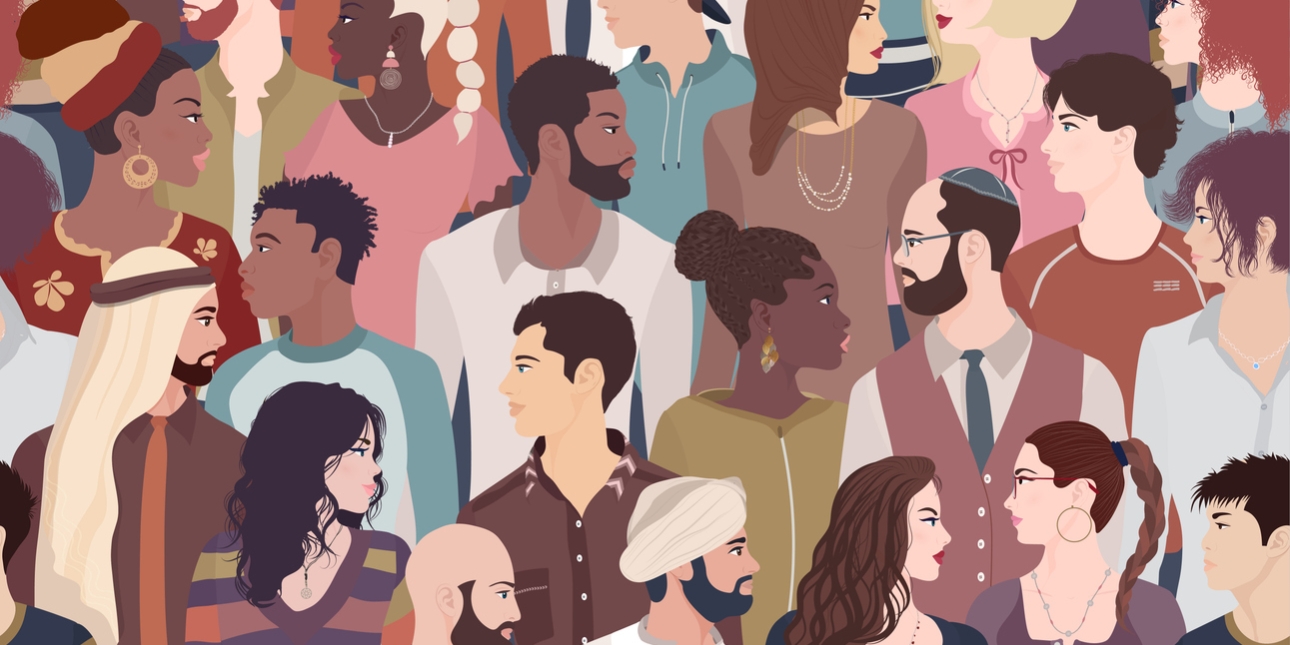Building an inclusive future: How can we put allyship into action?
CIPR’s director of marketing communications explains why she's so focused on how we can all create a more diverse and inclusive future – both professionally and personally…
How are we, together, going to build a more diverse and inclusive future so that the next generation can thrive and feel safe to be themselves? This is a big focus for me professionally and personally, as our experiences as a bi-racial family continue to take me by surprise.
In our family, I am White, my partner is mixed White and Black Caribbean and our young teen son is a combination of us both. Our different backgrounds, experiences and perspectives regularly bring energy and debate to the family dinner table, especially around the topic of diversity and inclusion. It’s simple and beautiful.
But it can still confuse people. In the park, at the school, on our holidays. Microaggressions, unintentional and the more intentional, are commonplace and have been eye opening since long before I knew what a microaggression was. From remarks about my child’s ‘tanned’ skin and facial features, to teasing about having ‘different’ hair, and the more recent and unacceptable racial slurs that seem to pass as ‘playground banter’ between mates.
Children of mixed heritage get to an age where they want to explore their background, figure out their identity and to understand where they ‘fit’ in society. They start to notice certain behaviours for themselves and to question their sense of belonging in their usual groups.
I want my son to take pride in his dual identity and to head into adulthood and the world of work feeling safe to be himself. So I feel an enormous responsibility to learn more and to do more. At home, this responsibility extends to helping my side of the family to see what the issues are, to seeing that racism and discrimination still exists.
Being willing to listen to and believe others’ experiences is a crucial start. But we then have to play our part. To check and own our biases – we all have them – and to recognise discrimination and bias in others. To watch for behaviour and comments that are uncomfortable, uneducated or inappropriate – or even that we’re just unsure of, and to take ownership of them by speaking out.
So allyship is a topic I am learning about. How can we all be authentic and effective allies? I am thinking about the minority groups and issues I need to better understand, the practical actions I can keep on taking in my role to ensure representation and to foster inclusion, and how I can influence and support others to do the same.
This hard-hitting TED talk with Talisa Lavarry, anti-racism coach and author of Allyship & me, provided a raw and moving look at what true allyship looks like. After years of breaking down barriers in her career, which very nearly broke her, it was the value of the allyship that Talisa had experienced during her college days that pulled her through a difficult time. "What if in my corporate career, I'd had people to stand up and speak up for me like my classmates did?” Talisa’s advice to us aspiring allies? Speak up for marginalised groups, open doors that the marginalised cannot open for themselves, and pace yourself – allyship is a journey, not a destination.
I’ve a huge amount still to learn on my allyship journey. Advita Patel’s and Priya Bates’s new book Building a Culture of Inclusivity is my next stop – I can't wait to delve into it!
Sarah Ion is the CIPR’s director of marketing communications.

